76 F. high in the Twin Cities Saturday.
79 F. average high on June 15.
81 F. high on June 15, 2012.
Thundershower possible by late afternoon or evening, but most of today should be sunny and warm.
Check your Doppler!
Outdoor grilling on a Saturday? Good luck.
Here's how my Saturday went. "What TIME is it going to rain!" my wife
barked. 2:47 PM I replied. "How LONG will it rain?" 2 hours 13
minutes I speculated. "Try harder!"
Hey, I check the weather like
everyone else, but I have zero pull with Mother Nature.
No, I didn't invent
Doppler, but a previous company was the first to put radar on cell phones
(2001). It's nice to see how (Doppler in your pocket) has caught on; people getting
little bursts of weather info throughout the day. Smartphone apps are a great
way to personalize weather & get warnings for your current GPS location.
The more sources of weather info - the
better. Multiple safety nets.
Yesterday's MCS (meso-convective system), a swarm of heavy
T-storms, is long gone. Today should still be the sunnier, drier, warmer day of
the weekend. Nothing like a Father's Day sunburn. Don't forget the SPF
50 sunscreen before hitting the lake. The approach of slightly cooler air sets
off a few T-showers tonight and Monday but I see a return of 80s, even
90F with T-storms by late week. In fact long range models are hinting at
a severe storm outbreak next weekend, as Minnesota teeter-totters on
the edge of blast-furnace heat (south) and unusually cool air just
north.
A frustrating
pattern for corn, bean and alfalfa farmers, delayed by a soggy
spring.
Drought or flood? It's hard keeping everyone happy.
Especially
my wife.
Relatively Quiet.
The approach of slightly cooler air may set off a T-shower anytime from
this evening into Monday, followed by mostly-dry skies Tuesday and
Wednesday. A return flow of heat and higher dew points may fuel a few
late week and weekend T-storms as highs return to the 80s.
More May Than June.
The core of the jet, the prevailing winds aloft, are still hundreds of
miles farther south than 2012, and considerably more south than average
less than 1 week from the Summer Solstice. As slightly cooler air sags
southward out of Canada a few scattered showers and T-storms are likely
from Minnesota, spreading east as the week goes on. Monsoon-moisture may
spread into Colorado Springs by Monday, with more numerous showers
allowing firefighters to finally get the upper hand in the Black Forest
blaze. 84 hour NAM loop: NOAA.
From Too Dry To Too Wet - Some Farmers Are Not Happy. Here's an excerpt from this week's edition of Mark Seeley's
WeatherTalk Newsletter: "...
The
rainfall and wet soils have resulted in prevented planting for some
corn fields, where producers will be able to collect crop insurance
payments if they don't plant corn. Others may opt to plant corn, but
not for grain, just for silage to feed livestock. Some soybeans are
still being planted late, along with some late planting of alfalfa
fields which were so adversely affected by winter stress. Alfalfa hay
cutting has progressed very slowly with little of the hay harvest
completed..."
 30 Day Rainfall Percent of Normal
30 Day Rainfall Percent of Normal.
Much of central Minnesota and the immediate Twin Cities has picked up
twice as much rain as normal in the last 30 days, according to NOAA.
Farms over southeastern Minnesota have seen 2 to 3 times more rain than
average since May 15.
Colorado's Most Destructive Wildfire. The Black
Forest fire is now 55% contained, at last report, but at least 483 homes
have been destroyed by this, Colorado's most destructive blaze on
record. Over 1,000 firefighters are still on the scene and they're
making significant progress. Here's the latest from
inciweb.org.
Interactive Wildfires Map Tracks The Blaze In Colorado. Here's another good resource from
Climate Central: "
Aided by strong winds, the wildfire south of Denver has now become the most destructive fire in Colorado's history, surpassing 2012's Waldo Canyon fire.
It's burning through thousands of acres of land, and firefighters are
struggling to contain the blaze. The 15,000 acre Black Forest fire has
destroyed at least 360 homes and forced the evacuation of nearly 40,000
people from areas in and near Colorado Springs, the state's
second-largest city. The Black Forest fire is one of three wildfires
currently burning across Colorado.You can monitor the wildfires with
Climate Central’s interactive wildfires map. The flame icons represent
wildfires currently active in the lower 48 states and Alaska, including
the Black Forest fire in Colorado. Hover over a given fire to see its
name, and if you zoom in you’ll be able to see the outline of the area
that’s burning — the so-called fire perimeter. If you click within the
perimeter, a window pops up showing the fire’s size in acres, the
amount by which the perimeter has grown or shrunk over the past 24
hours, the fraction of the fire that has been contained and other data.
There’s also a link to an even more detailed report..."
* The PBS NewsHour has more on Colorado's most destructive wildfire in it's history
here.
An Early Start To Wildfire Season. In today's edition of "
Climate Matters"
we examine wildfire trends over the western USA. Wildfire season is now
an average of 78 days longer than it was in 1970. Dry areas are
becoming even drier, and when winter snows are lighter than average it
can set the stage for a long, hot, fiery season. Such will be the case
in 2013.
You're Going To Get Wet.
The Economist
reports that Americans are building beachfront homes, even as ocean
levels continue to rise. What's the definition of insanity? Doing the
same thing over and over again, expecting different results? Better to
buy a home 5 blocks inland...and be patient. Here's an excerpt: "
Before
Hurricane Sandy tore through New York and New Jersey, it stopped in
Florida. Huge waves covered beaches, swept over Fort Lauderdale’s
concrete sea wall and spilled onto A1A, Florida’s coastal highway. A
month later another series of violent storms hit south Florida,
severely eroding Fort Lauderdale’s beaches and a chunk of A1A. Workers
are building a new sea wall, mending the highway and adding a couple of
pedestrian bridges. Beach erosion forced Fort Lauderdale to buy sand
from an inland mine in central Florida; the mine’s soft, white sand
stands out against the darker, grittier native variety. Hurricanes and
storms are nothing new for Florida. But as the oceans warm, hurricanes
are growing more intense. To make matters worse, this is happening
against a backdrop of sharply rising sea levels, turning what has been a
seasonal annoyance into an existential threat..."
Photo credit: Eyevine.
Survivors Blame KFOR Meteorologist For Tornado Deaths.
I know Mike Morgan down in Oklahoma City; he's a friend and a gifted
meteorologist. I'm sorry he's at the center of controversy over comments
he made before the El Reno EF5 tornado spun up, recommending that
people without basements, in the direct path of the tornado, consider
getting into their vehicles. The result was gridlock, massive traffic
jams, and many people think it was the wrong message to send to the
public. It's a really tough call when you have an extreme tornado moving
in, and less than 1 in 10 viewers have basements. Statistically your
odds are still better staying home, riding out the tornado in a closet
or bathtub, than getting into your vehicle (or a nearby drainage ditch
or storm sewer, which may quickly overflow as a tornadic storm passes
overhead). That's apparently what happened on May 31 in El Reno. Here's
an excerpt from
TVSpy: "
The Oklahoman has published a story that suggests KFOR
meteorologist Mike Morgan was to blame for the deaths of five Oklahoma
City family members after they followed his advice about escaping an
oncoming tornado. Virginia Shrum said her brother talked about how he
had hidden down in the tunnel from a tornado three years before. The
survivors said they were swayed to flee the apartment by warnings from
Mike Morgan, KFOR-TV chief meteorologist. The article said 11 people hid
in a long drainage tunnel behind the family’s apartment to escape the
oncoming twister. They were swept from the tunnel by a flash flood..."
* the story at The Oklahoman is
here.
. Having just been thru the Panama Canal last winter, I found this article at
Quartz fascinating - is there really room for two transoceanic canals? Here's a clip: "
Today, Nicaragua’s parliament is expected to approve proposals by a Chinese consortium to build a canal across the country to rival that of Panama. (Update: The plan has been approved.) The
$40 billion project could double Nicaragua’s GDP and create 40,000
construction jobs over an 11-year construction period. The idea of
building a canal in Nicaragua is nothing new. For most of the 19th
century, experts considered a Nicaraguan canal more feasible than one through Panama or
another proposed route through Mexico. US tycoon Cornelius Vanderbilt
led a project to carry goods across Nicaragua by stagecoach and
steamship as a prelude to building a canal, for which he even won a
concession. Thirty years later, US president Ulysses S. Grant endorsed
the Nicaraguan route as the cheapest and easiest, pegging the cost (p.110-111) at
$52,577,718.00—though he admitted that, with probable delays, it could
stretch to $100 million. A Nicaraguan canal would be more
cost-effective than a Panama one, he argued, where builders would
encounter tougher terrain..."
Photo credit above: "
Even after Panama's canal expansion is complete, Nicaragua's would be bigger." AP Photo/Arnulfo Franco.
 The Worst Charities: Get Information Before You Make Donation
The Worst Charities: Get Information Before You Make Donation. Here's an excerpt of an eye-opening report from
Marketplace.org (which puts on a fine radio show on Public Radio, btw): ..."
The
top of our list is an organization called Kid's Wish Network.
They operate out of a metal warehouse in Holiday, Fla. Over the past
decade they've raised millions of dollars. Of that, about 80 percent --
$110 million -- has gone to professional solicitors, $4.8 million has
gone to the charity's founder and his consulting firm, and only $0.03 of
every $1 that they've raised has actually spent directly on helping
kids," says Taggart. "Most of the causes are popular causes that appeal
to donors and may sound like a more well-known group." To make sure that
you're sending your money to good places, Taggart says there are many
resources to research cahrities online."
The top 10 worst U.S. charities:
 See the full list
See the full list

FATHER'S DAY: Risk of sunburnt dads. Warm sun. Slight chance of a T-shower by late afternoon or evening. Winds: West 10. High: 83
SUNDAY NIGHT: Patchy clouds, chance of a T-shower. Low: 61
MONDAY: More clouds than sun, isolated T-shower. High: 77
TUESDAY: Mix of clouds and sun, cooler. Wake-up: 57. High: 74
WEDNESDAY: Partly sunny, lukewarm. Wake-up: 61. High: 78
THURSDAY: Sticky, few T-storms return. Wake-up: 65. High: 82
FRIDAY: Steamy humidity levels. few storms. Wake-up: 67. High: 88
SATURDAY: Some sun, spotty T-storms, some strong to severe. Wake-up: 68. High: 87
Climate Stories....
 Global Warming Conversation Changes
Global Warming Conversation Changes.
We need to reduce greenhouse gas emissions on a planetary scale, but
that won't reduce the need to adapt to this new world. Adaptation is a
fact of life, as discussed in this article at
NBC Philadelphia; here's an excerpt: "...
University
of Michigan professor Rosina Bierbaum is a
presidential science adviser who headed the adaptation section of the
administration's new National Climate Assessment. ``It's quite striking
how much is going on at the municipal level,'' Bierbaum said.
``Communities have to operate in real time. Everybody is struggling with
a climate that is no longer the climate of the past.'' Still, Bierbaum
said, ``Many of the
other developed countries have gone way ahead of us in preparing for
climate change. In many ways, the U.S. may be playing catch-up.''
Hurricanes, smaller storms and floods have been a harsh teacher for
South Florida, said Jacobs. "Each time you get walloped, you
stop and scratch your head ... and learn from it and make change,'' she
said. "It helps if you've been walloped once or twice. I think it's
easier to take action when everybody sees'' the effect of climate change
and are willing to talk about being prepared..." (photo credit: Marco Beltrametti).
How Climate Change Makes Wildfires Worse.
Mother Jones has the story - here's an excerpt: "...
Big
wildfires like Colorado's thrive in dry air, low humidity, and high
winds; climate change is going to make those conditions more frequent
over the next century. We know because it's already happening: A University of Arizona report
from 2006 found that large forest fires have occurred more often in
the western United States since the mid-1980s as spring temperatures
increased, snow melted earlier, and summers got hotter, leaving more and
drier fuels for fires to devour. Thomas Tidwell, the head of the
United States Forest Service, told a Senate committee
on energy and natural resources recently that the fire season now
lasts two months longer and destroys twice as much land as it did four
decades ago. Fires now, he said,
burn the same amount of land faster. We can expect "as much as a
fourfold increase in parts of the Sierra Nevada and California" in fire
activity across the rest of this century, says Matthew Hurteau,
assistant professor of ecosystem science and management at Pennsylvania
State University..."
Photo credit above: "
El Paso County Sheriff's Deputy Dan Cukowski helps evacuate Linda Davies and her horses during the Black Forest Fire on June 11." Jerilee Bennett/MCT/ZUMAPRESS
Climate Change Could Increase Areas At Risk Of Flooding By 45 Percent. Here's the intro to a story at
The Atlantic Cities: "
Rising
seas and increasingly severe weather are expected to increase the
areas of the U.S. at risk of floods by up to 45 percent by 2100,
according to a first-of-its-kind report released by the Federal Emergency Management Agency on Wednesday.
These changes could double the number of flood-prone properties
covered by the National Flood Insurance Program and drastically
increase the costs of floods, the report finds. The report concludes
that climate change is likely to expand vastly the size and costs of
the 45-year-old government flood insurance program. Like previous
government reports, it anticipates that sea levels will rise an average of four feet
by the end of the century. But this is what's new: The portion of the
US at risk for flooding, including coastal regions and areas along
rivers, will grow between 40 and 45 percent by the end of the century.
That shift will hammer the flood insurance program. Premiums paid into
the program totaled $3.2 billion in 2009, but that figure could grow to
$5.4 billion by 2040 and up to $11.2 billion by the year 2100, the
report found. The 257-page study has been in the works for nearly five
years and was finally released by FEMA after multiple inquiries from
Climate Desk and Mother Jones..." (photo credit: Reuters).
Map: Places That Will Flood More Often Due To Global Warming.
Slate has the story - here's an excerpt: "...
The
FEMA study is based on the assumption that sea levels will go up by 4
feet in the next 86 years. But a report released last year by the
National Oceanic and Atmospheric Administration noted that sea level
rise could be more than 6 feet.
Whether it's 4 feet or 6 feet, rising seas cause shoreline erosion and
recession, and create greater surge risk in the event of major storms.
The FEMA report also notes that flooding around rivers will likely
become worse in a warming world, due to changes in precipitation
frequency and intensity. Population growth, which causes increases in
paved areas and changes in runoff patterns and drainage systems, will
affect the amount of flooding from rivers..."
* the PDF report referenced above is
here.
Jim Hansen: Climate Change Is The GOP's Worst Nightmare. Here's a snippet from an interview at The Denver Post: "Many conservative politicians have been among climate change
deniers, but ignoring the science will led to something the GOP dreads
even more — big government. So argued Jim Hansen, who since 1988 has
been in the forefront of the issue, first as a NASA scientist and more
recently as a free-agent activist, in an interview Thursday..."
How EPA Fights Climate Change Even When Congress Doesn't Want It To.
Yahoo! News has the story; here's a clip: "
Environmental groups have a tough time getting Congress
to do what they want. Case in point: In the early months of 2010, the
Sierra Club, the Natural Resources Defense Council, and the Environmental Defense Fund waged an all-out campaign urging the Senate to pass a sweeping climate-change bill backed by President Obama
and leaders in the Democratic-controlled Senate. The measure crashed
and burned that summer. But the green groups—and Obama’s top
environmental officials—knew they could resort to a different tactic:
lawsuits to compel executive action..."




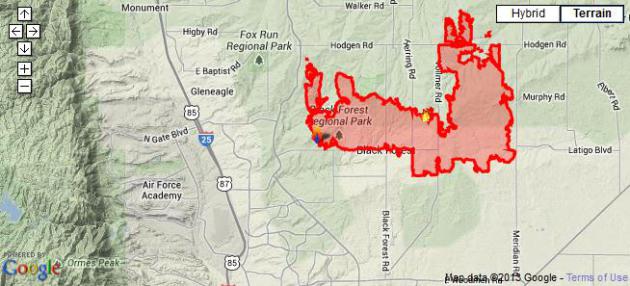
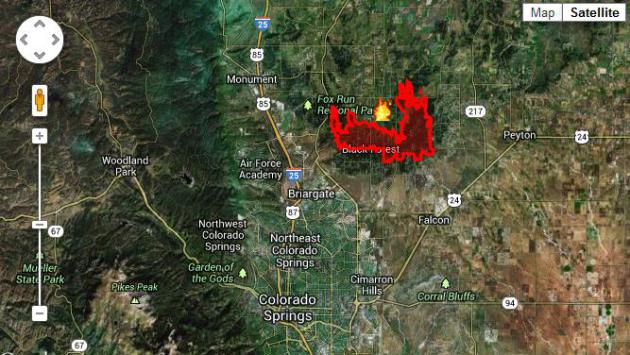
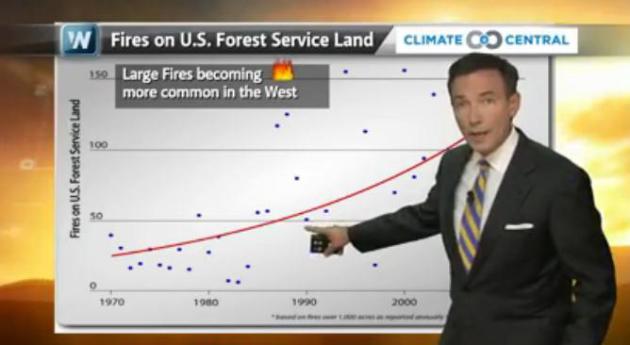

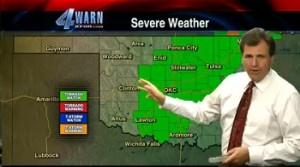





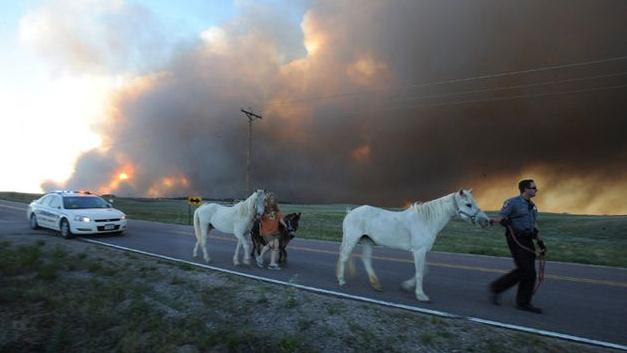
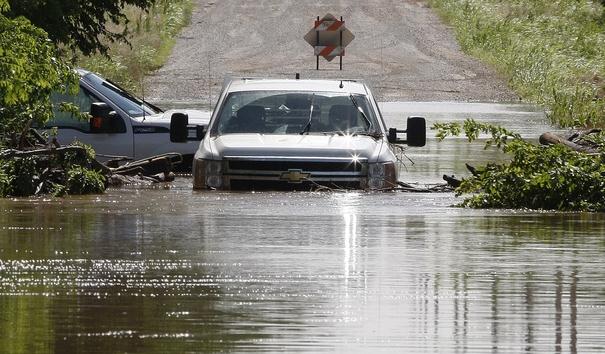
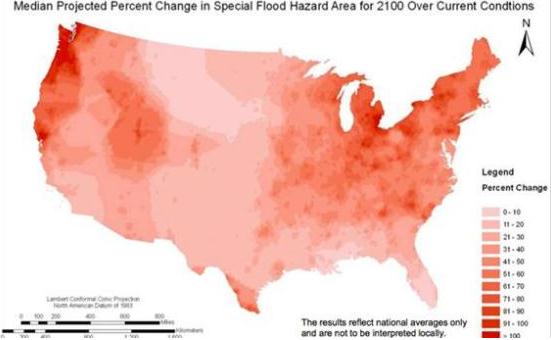



No comments:
Post a Comment